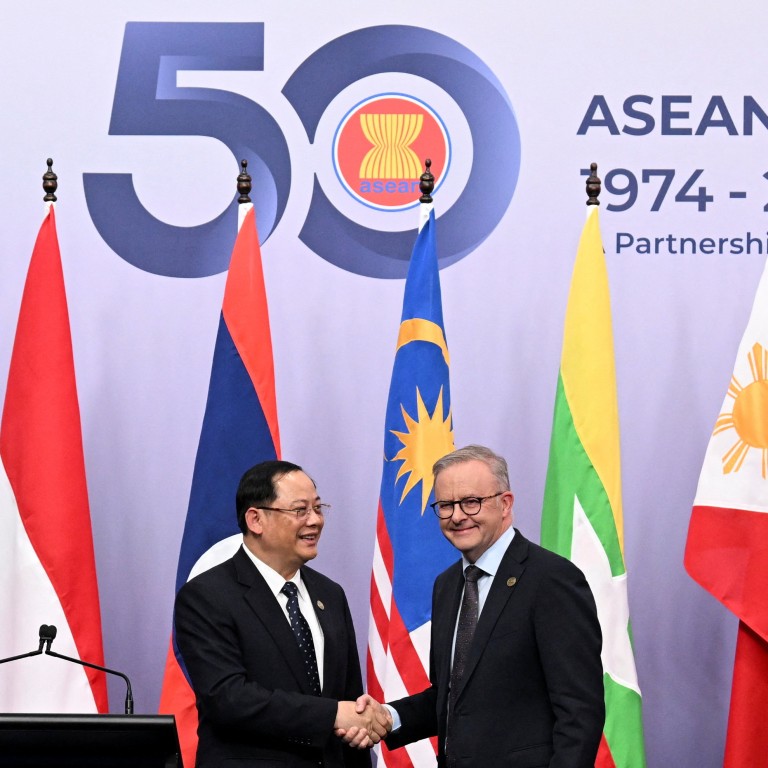
Letters | Australia has sent a strong message to both Asean and China
- Readers discuss Australia’s overtures to Southeast Asia at a summit this month, and the chances of India’s prime minister Narendra Modi returning to power
Australian Prime Minister Anthony Albanese emphasised his commitment to Southeast Asia at the close of the Asean-Australia Summit this month. This is in line with his party’s long-held desire to forge closer ties with the region, given Australia’s geographical reality. Australia, in turn, is viewed overwhelmingly through the lens of its close ties with Washington and its other allies.
As Albanese stated, more than any other part of the world, Southeast Asia is where Australia’s destiny lies. It remains the epicentre of the overall Indo-Pacific strategy and stability. For Australia, the region acts as a buffer against China to its north and as a connecting pathway to trade with East Asia.
As Beijing ramps up its bellicose actions in the sea, the legitimacy of Southeast Asian nations’ quest for greater alignment with the West will be naturally bolstered.
The Southeast Asian region remains critical to Canberra, especially in the domains of energy, trade, economic, supply chain and mineral security and resilience. Hence, the focus on security issues is inevitable.
This must not be seen as forcing one party to choose one side over another. The Association of Southeast Asian Nations has tended to be afraid of upsetting the apple cart. Recognising Asean’s centrality and neutrality is thus vital for Canberra to maintain buy-in from the region.
Canberra has communicated its commitment to Asean well both in economic and security terms.
The most significant intent and message was the A$2 billion (US$1.3 billion) fund to boost trade and investment in Southeast Asia, particularly in support of the region’s clean energy transition and infrastructure development. This comes on top of additional funding for maritime security (A$64 million) and infrastructure (A$140 million), as well as a string of smaller commitments, including the establishment of an Asean-Australia Centre in Canberra and increasing the ease of business travel for Southeast Asians.
Australia has succeeded in sending a strong message to both Asean and China.
Collins Chong Yew Keat, Kuala Lumpur, Malaysia
BJP under Modi looks set for a comfortable win
The report says “observers believe” the election will be “a close fight for the BJP” and proceeds to quote a professor at Georgetown University in Qatar.
However, a poll by India Today between December 15 and January 28 found that the Bharatiya Janata Party and its allies could win 335 of the 543 directly elected seats in the lower house of parliament. An India TV-CNX poll conducted from February 5-23 showed the BJP poised to win 335 seats on its own, more than the 303 it won in 2019, and 378 with its allies. And according to the News 18- Mega Poll conducted from February 12 to March 1, the alliance could win 411 seats.
These polls, conducted by media organisations from the centre-right to centre-left of the political spectrum, are unanimous in predicting a miserable seat tally for the opposition Congress party, with two out of three predicting a worse tally than before.
Granted that from now until the election begins, things may change completely, but as of now the BJP under Modi seems even more formidable than before.
Dipak Kumar, Hung Hom

